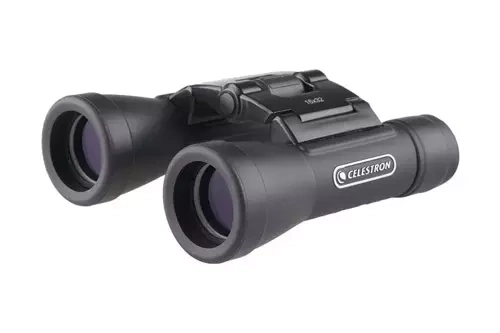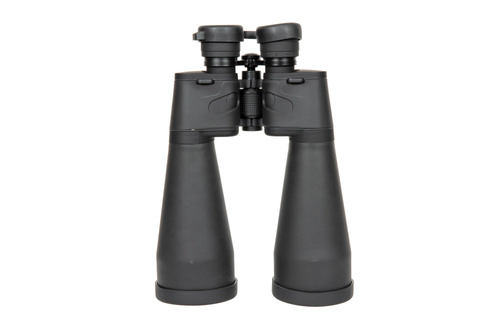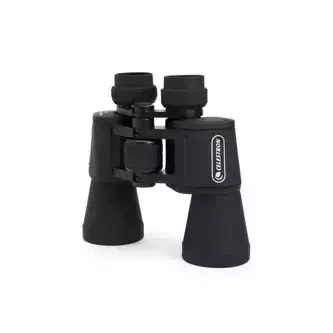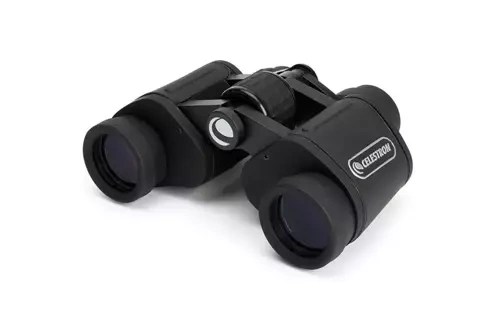Which binoculars for bird watching?
Nature can offer us beautiful scenery and interesting phenomena, which is why we are increasingly willing to observe amateurishly as well. One of the most interesting objects to observe are birds, as they manifest interesting behaviors both on the ground and in flight. If you want to take a closer look at them, as well as learn the details of their anatomy, you will need a magnifying observation device. The most convenient way to observe them is with binoculars, but you should choose a model with the right parameters.
What binoculars for bird watching will be the best?
Binoculars can have a wide variety of parameters, and each of them can be important in making a particular observation. Also, in the case of amateur and professional ornithological studies, in which the weight and size of the binoculars are extremely important, so it is with a discussion of these parameters that we will begin.
Birdwatching is a very special kind of exploration, because conditions change very often during it. One minute our subject may be on the ground or in a tree, and the next minute he may be already in the air. This means that we have to be equally fast. Change our position and maneuver our binoculars as necessary. Birdwatching is therefore very dynamic and requires reflexes, and large and heavy equipment doesn't make it any easier.
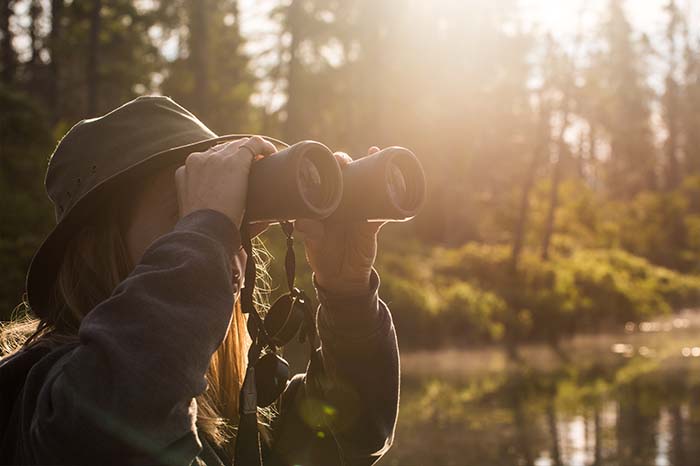
Parameters of binoculars for bird watching
We have already agreed that the binoculars should be of not great size, but what does this actually mean? The weight of binoculars should certainly not exceed two kilograms. Its size, in turn, depends on how large the lens is used in a particular model. The two most important parameters of binoculars are magnification and the diameter of the lens. The 8x21 binoculars magnify the image 8 times, and the diameter of their lenses is 21 mm. This is how the values of these parameters are written, and you should refer to them when choosing your own model.
Magnification and diameter of binocular lenses
The magnification of binoculars tells us how many times a particular model will magnify the image for us. In turn, the larger the diameter of the lenses, the more light they can capture and show a bright and sharp image as a result. The above-described values of binoculars, namely 8x21, characterize a pocket-sized model that will work well during the day and when observing birds in flight.
Magnification is sufficient in this case, but you can also opt for binoculars that magnify the image 10-12x. Larger values do not really make sense, as they will limit your field of view and it will be more difficult for you to get focus. Instead, an 8x42 or 8x32 binocular does make sense, which is one with a larger lens diameter. It provides a brighter image and works better on a cloudy day or in a dark forest.
Some models of binoculars also offer variable magnification, so they can magnify a given object in the range of 8-13x, for example. Such a solution seems to be extremely functional, but it is worth bearing in mind that it is usually impossible to maintain good image quality with each magnification change. These higher values are often characterized by a less sharp image. Such binoculars are also more prone to damage, so a fixed-magnification model is, however, a better choice.

Binocular field of view
Field of view is another very important parameter. It tells us how wide a picture of the terrain we can see with binoculars. A wide field of view of binoculars is a big advantage, because it is then easier to locate an object - especially when it can move quickly at any time. In the case of birdwatching, this is extremely important and will allow you to follow their flight through the air.
The magnification of binoculars decreases with increasing field of view, which is why in ornithological observations, it is better to focus on a better field of view than on high magnification. In this particular case, too much magnification may even hinder observations rather than facilitate them.
Binocular output pupil
The output pupil is a parameter related to the pupil of the human eye. Our organ of sight has the ability to adjust to the intensity of light. The pupil narrows when the amount of light increases and widens when it gets dark or we enter a dark room. The exit pupil of binoculars must be adjusted to this property. If you plan your observations during the day and in the open, the diameter of the pupil should be about 3-4 mm. On the other hand, the species of birds you are interested in are in the dark forest, then this diameter must already be about 5 mm. Night observations require a diameter of 6-7 mm.

Choosing the best binoculars for bird watching
When choosing binoculars for bird watching, you should also pay attention to their quality. The materials from which it is made are important, as well as the precision of the finish. Binoculars made of aluminum are lightweight, so they are very good for observing, but it would be worth it if they were also covered with an additional rubber housing. It protects the binoculars from damage that can be caused by impacts or shocks. An example of such binoculars could be the Celestron UpClose G2 8x21 model.
Another important issue is the glass used for the binoculars, that is, the quality of the optical system. It determines the sharpness of the image or color reproduction in it. You can choose between good quality BK-7 glass and even higher quality BK-4 glass, which is worth choosing if you really care about efficient and interesting observations. Since they take place outdoors, you may face rain or snow, so it is always a good idea to choose waterproof binoculars, such as the Prooptic brand.
See similar entries:




